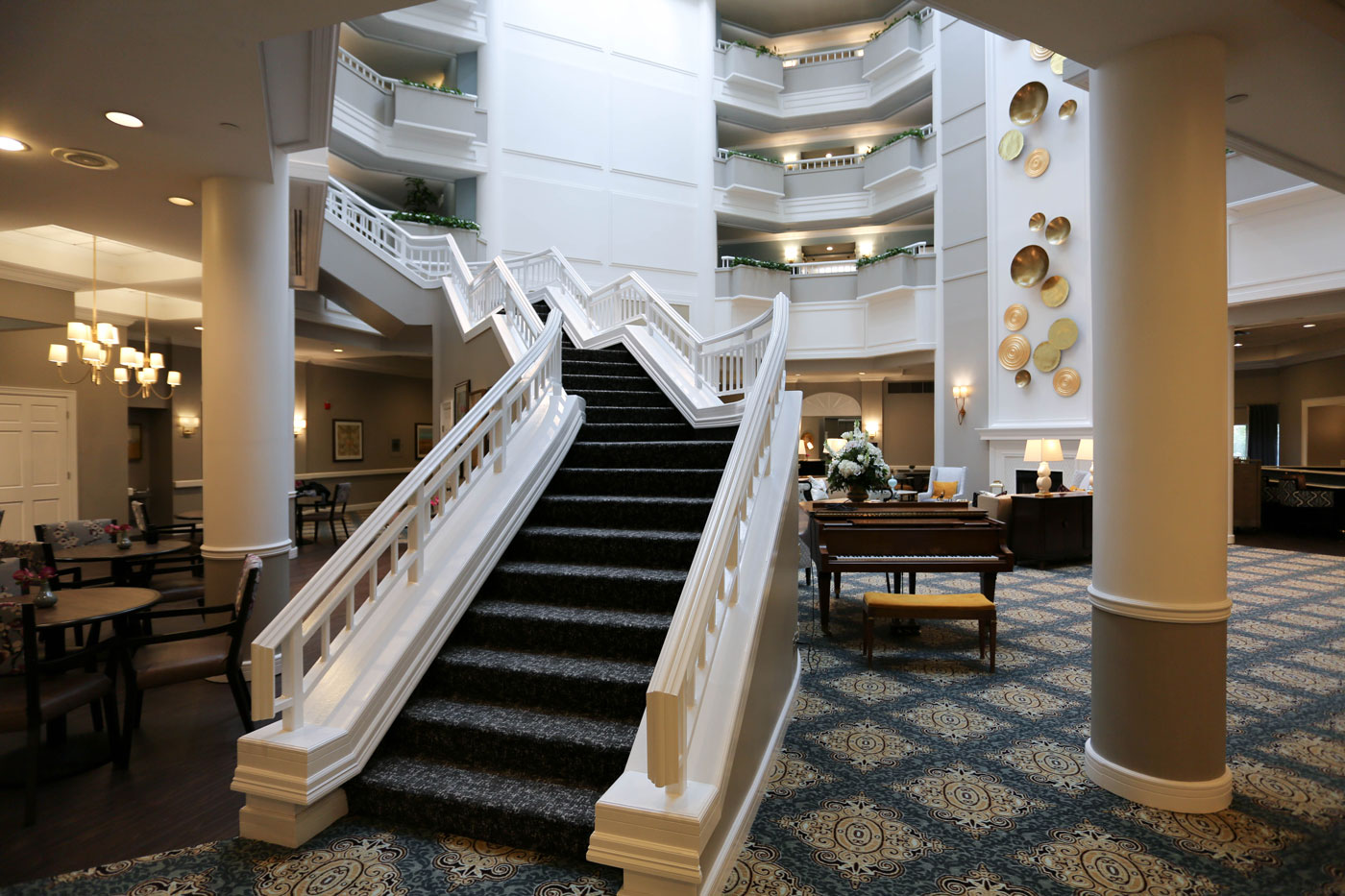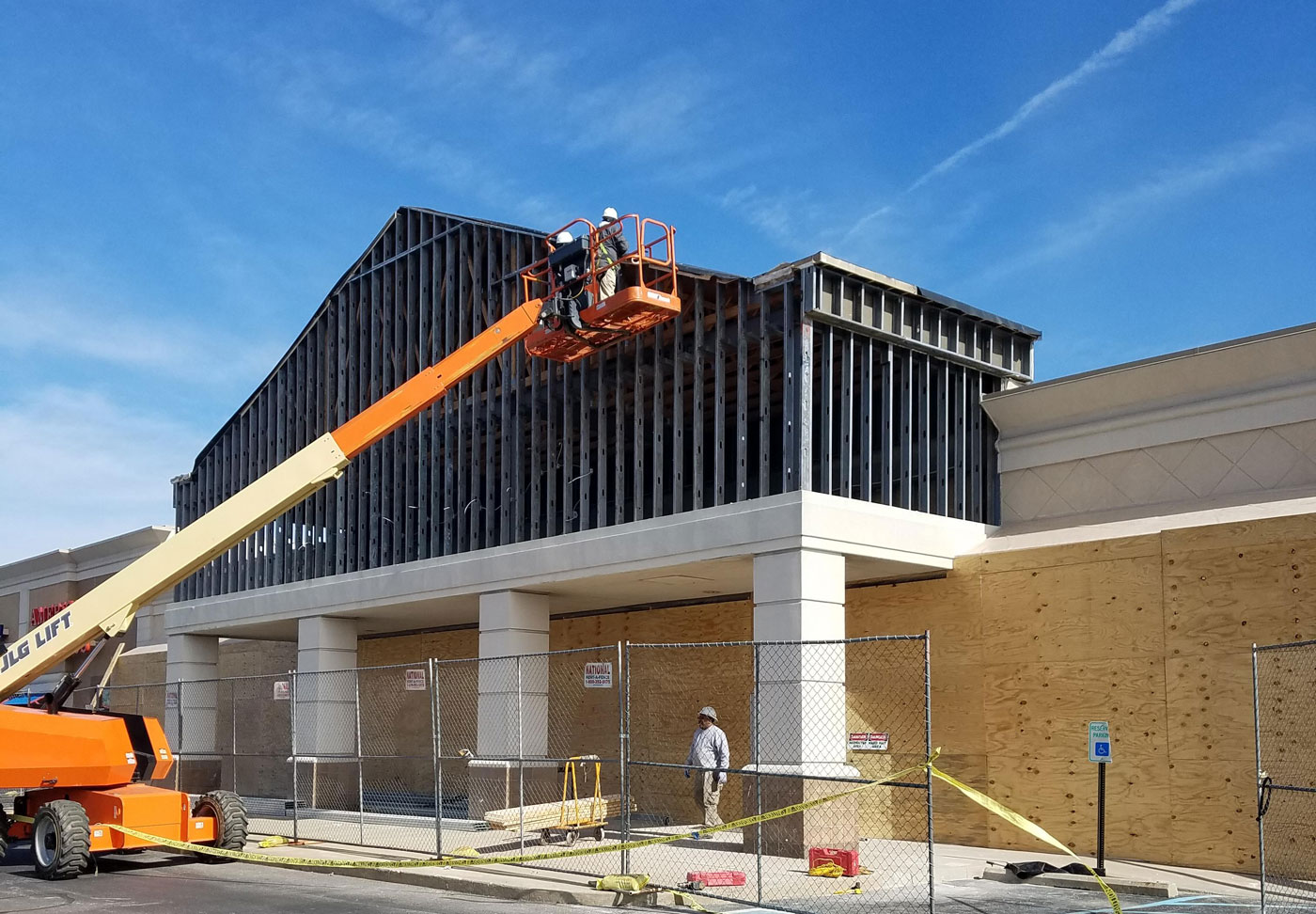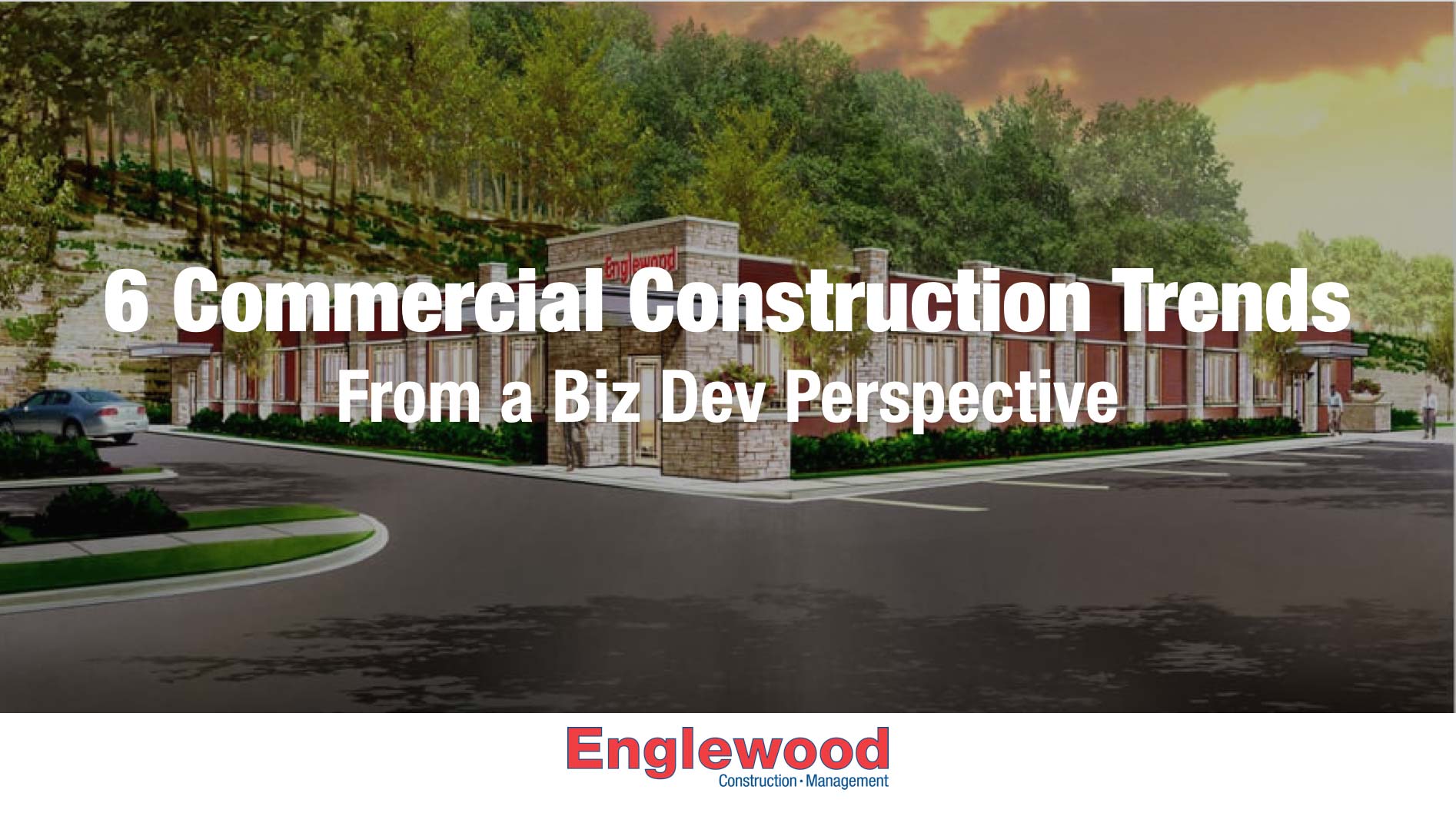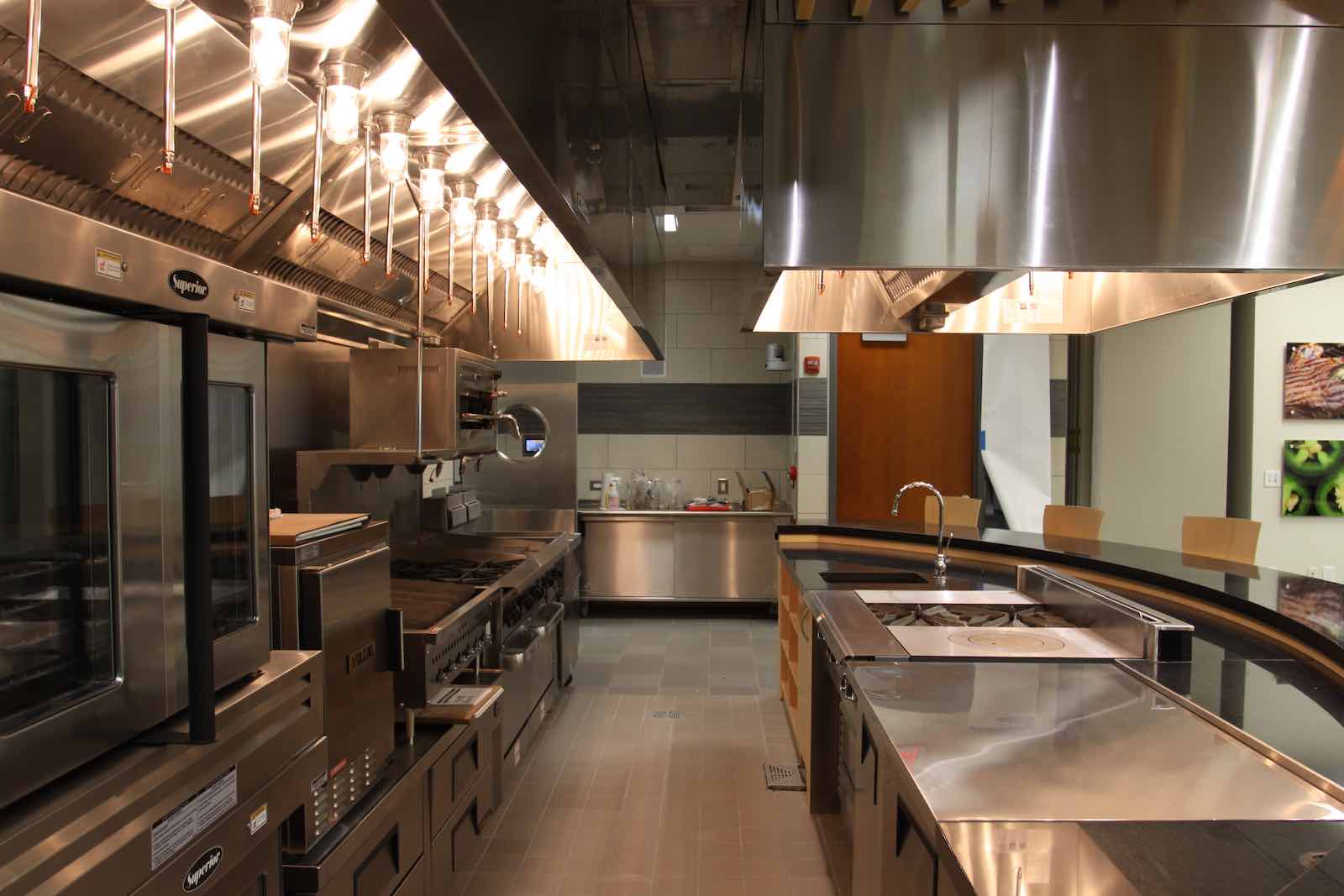Commercial Construction Industry Trends: Reflecting on the Highs and Lows of 2018

After a busy and eventful year in commercial construction, we always find it valuable to reflect back on the last 12 months and review the positives and negatives that impacted our business – including those that are specific to our company as well as the commercial construction industry as a whole – as we prepare for the opportunities and challenges the New Year is likely to bring. So before we officially ring in 2019, here is our rundown of Englewood Construction’s commercial construction trends “highs” and “lows” from 2018:
High: A Sizable Senior Living Pipeline
We’re exceedingly proud of the growth our firm has experienced partnering with senior housing developers and operators, particularly when we look ahead to what should be a continuing wave of demand from the baby boomer generation. It’s especially exciting to see our scope of work with clients evolve to encompass not only refreshing and remodeling existing senior communities, but also collaborating on adaptive reuse projects. As senior housing developers and owners look to expand their portfolios, particularly in urban areas, we expect adaptive reuse will be an increasingly popular option as clients identify second-generation properties that lend themselves to senior housing operations and also offer highly desirable locations for future residents.
Low: Labor Shortage Shapes Schedules
We’re several years into the construction labor shortage, and it continues to impact nearly every aspect of the commercial construction industry. In 2018, as construction activity set a brisk pace in most markets where Englewood operated, high demand for subcontractors intersected with limited manpower availability. The result was the potential for scheduling complications and missed project deadlines.
Luckily, we were able to avoid most scheduling pitfalls by fully vetting our subcontractor partners to get assurances they had capacity to meet our required timeframe. And in a few necessary instances, we tapped into our extensive nationwide subcontractor network to bring in manpower from outside a geographic market when the local workforce couldn’t meet a project schedule. In the coming year, we’ll continue implementing these safeguards, and work closely with both our clients and our subcontractor partners on new strategies to bring projects in on time in the reality of the current labor landscape.
High: Restaurant Relocation, Repositioning Feeds Construction Opportunities
Our Restaurant Construction Group was one of our busiest divisions in 2018. What really made this a positive for the year is that our restaurant construction activity spanned such a wide scope of work – from ground-up new construction to conversion and rebranding of existing locations to refresh and interior remodel projects – and such a wide range of clients, including fast-casual, fine-dining and well-known national chains. Spurred on by a strong economy, our clients are taking this opportunity to refresh their locations, introduce new concepts, expand to new markets and even relocate within markets.
Low: Mismatch Between Market Pricing and Client Expectations
In 2018 we saw a higher number than usual of competitive bid projects get killed by market pricing. These were jobs that simply didn’t move forward after the bidding process because, even with multiple GCs submitting their best pricing, construction costs were higher than what was estimated on the client’s pro forma – an analysis that projects a project’s financial return.
Any general contractor has its share of projects fall through due to costs coming in above the client’s budget, but in 2018 we’re chalking this increase up to a combination of factors:
- Unrealistic developer expectations on their initial budgets and construction cost estimates
- An overall rise in construction material costs
- The construction labor shortage, which continues to allow subcontractors to charge a premium since they are operating at capacity
Moving into 2019, we will continue to work with our subcontractors on their numbers, value-engineer projects and do all we can to make deals work. However, it’s also important that we continue to talk with our clients and educate them on the realities of the current construction landscape to better align their budget expectation with today’s market.
High: Remixing Retail
It would be easy to be glum about the future of retail construction given news headlines about major national brands closing locations and mall vacancy rates rising. But despite these factors, we were energized by what we heard at several commercial construction industry events and from our clients about reinvigorating vacant retail spaces. From reconfiguring big-box stores to appeal to a different cross-section of tenants to introducing new retail and entertainment concepts to exploring ideas to use vacant mall anchor stores in entirely new ways, the current retail sector is actually buzzing with opportunity for those willing and able to get creative.

Retail construction has been – and will continue to be – a bit of a wild ride with a lot of “highs” and “lows” all its own, but after the past year we have a positive outlook and are pleased to still be active in this sector that has been a staple of our business from the very beginning.
As we say goodbye to 2018, we’d like to thank all of our clients, subcontractors and suppliers that contributed to another successful year in this business. Happy holidays from all of us at Englewood Construction.



